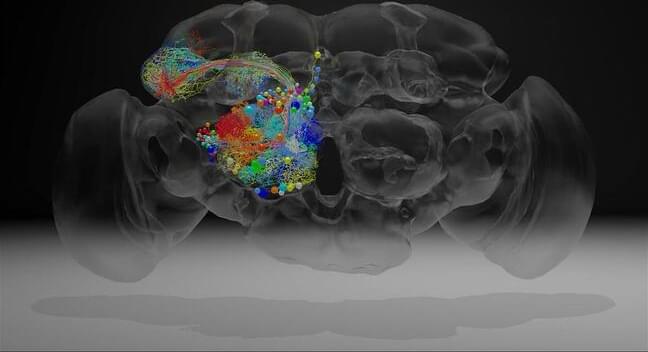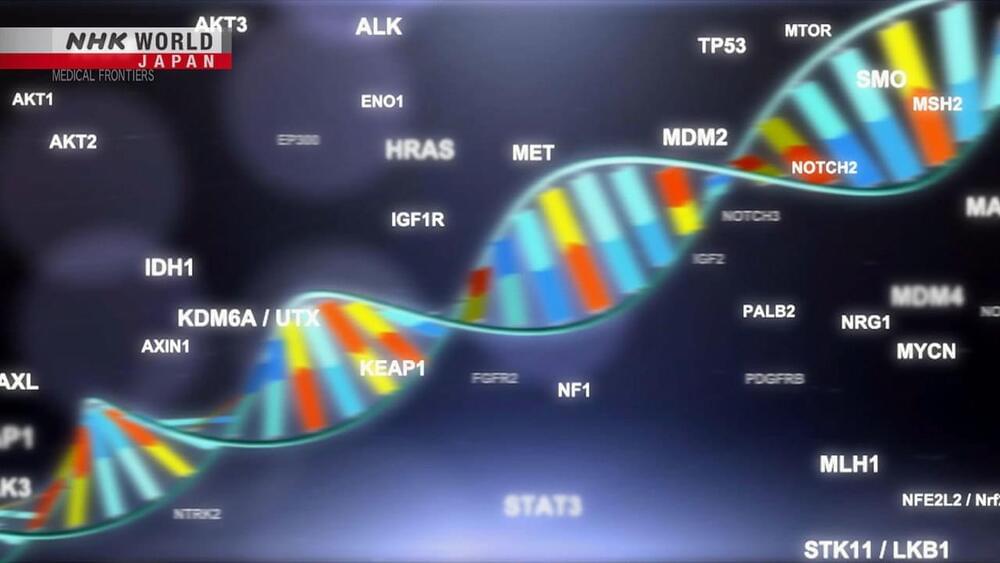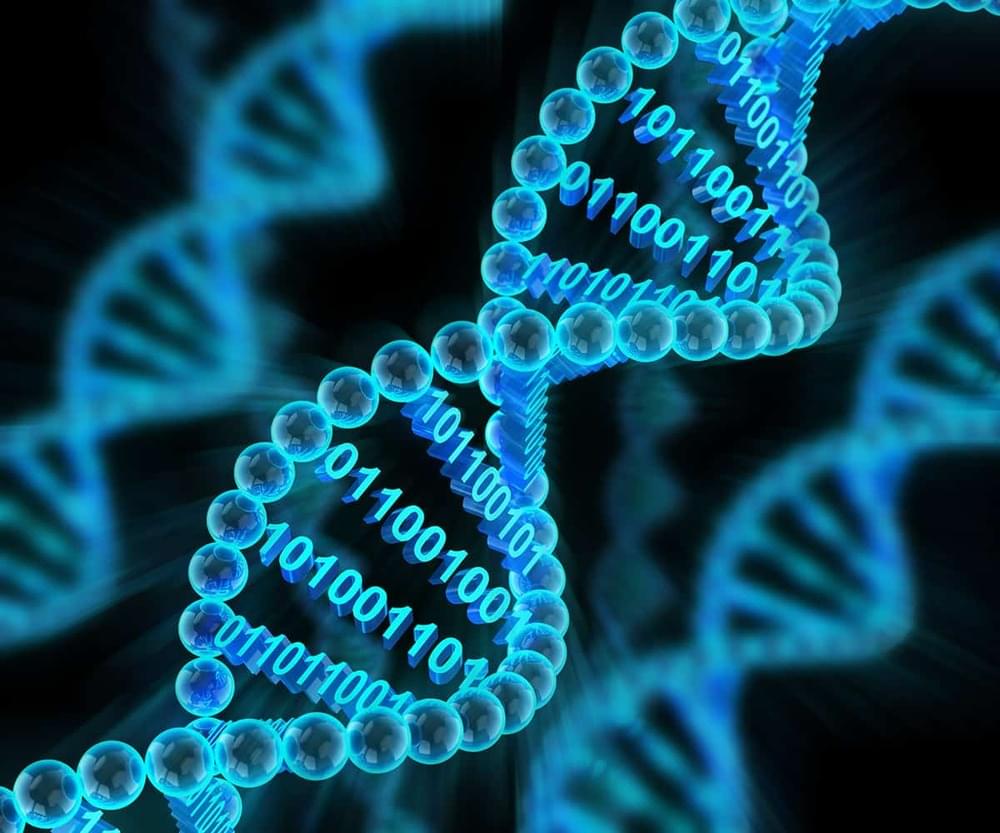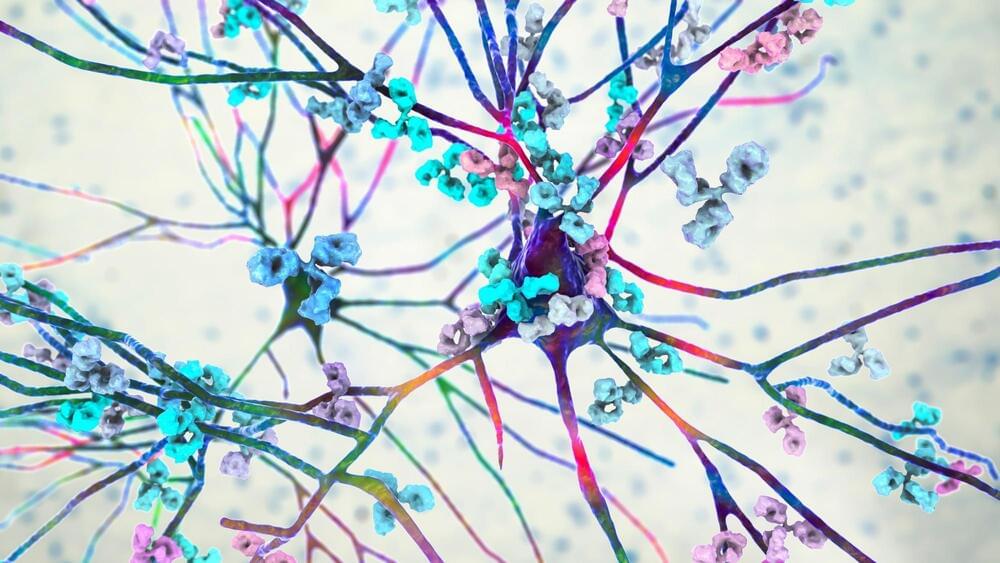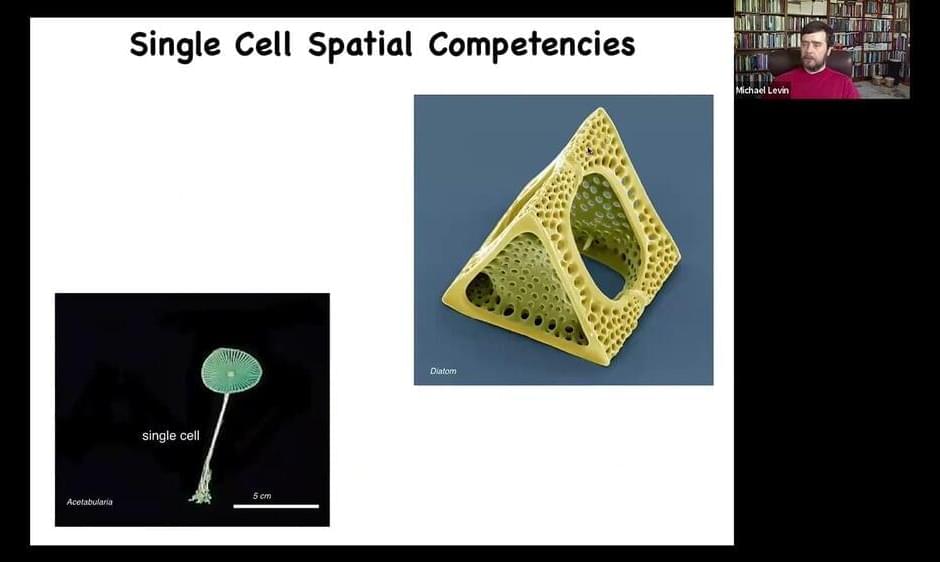Circa 2018 face_with_colon_three
“This data set—and the opportunities it creates—are … arguably one of the most important things to have happened in neurobiology recently,” says Rachel Wilson, a neurobiologist at Harvard University who was not involved in the new work. “Anyone in the world who is interested can download the data set and determine whether any two neurons … talk to each other.”
The 100,000-neuron fruit fly brain is elementary compared with the roughly 100 billion neurons in our own skulls. But the fly is still “much more than this little speck that you swat away from your wine glass over dinner,” says Davi Bock, a neuroscientist at the Howard Hughes Medical Institute’s Janelia Research Campus in Ashburn, Virginia. Some systems in the fly brain—like those responsible for detecting and remembering smells—likely share “common principles” with those in humans, he says.
To make out features of individual synapses, where a signal from one neuron travels to another, Bock and colleagues used an electron microscope, which can resolve much finer detail than a traditional light microscope. They soaked a fly’s brain in a solution containing heavy metals, which bind to the membranes of neurons and to proteins at the synapses. That made the brain look like a wad of noodles, each dark on the outside but white on the inside, Bock explains. Then, a diamond knife cut the brain into about 7,000 slices, each of which was struck with a beam of electrons from the microscope to create an image.
